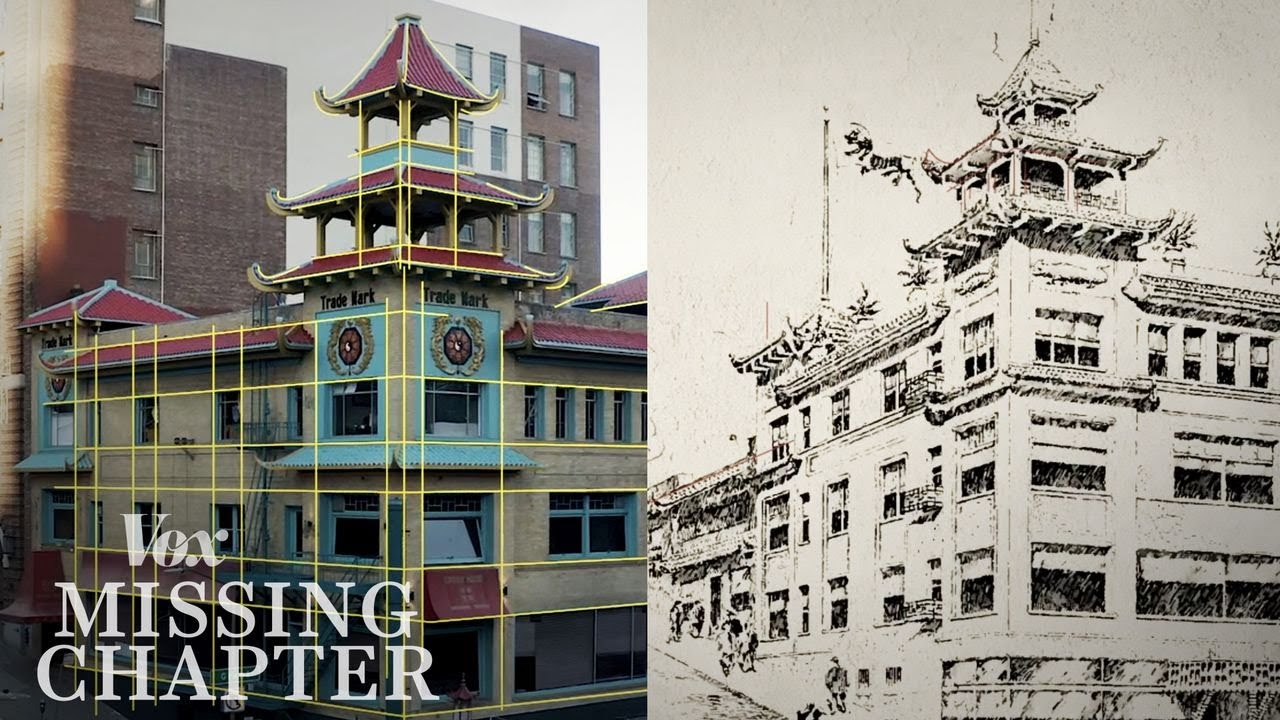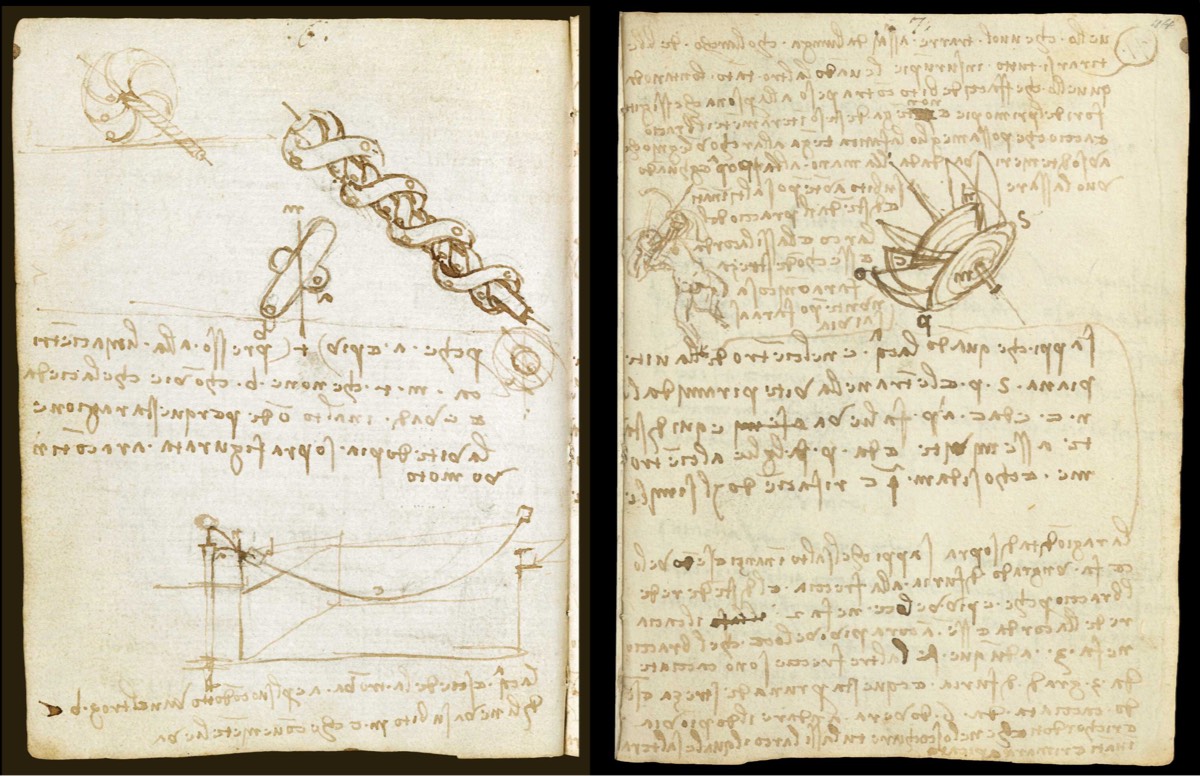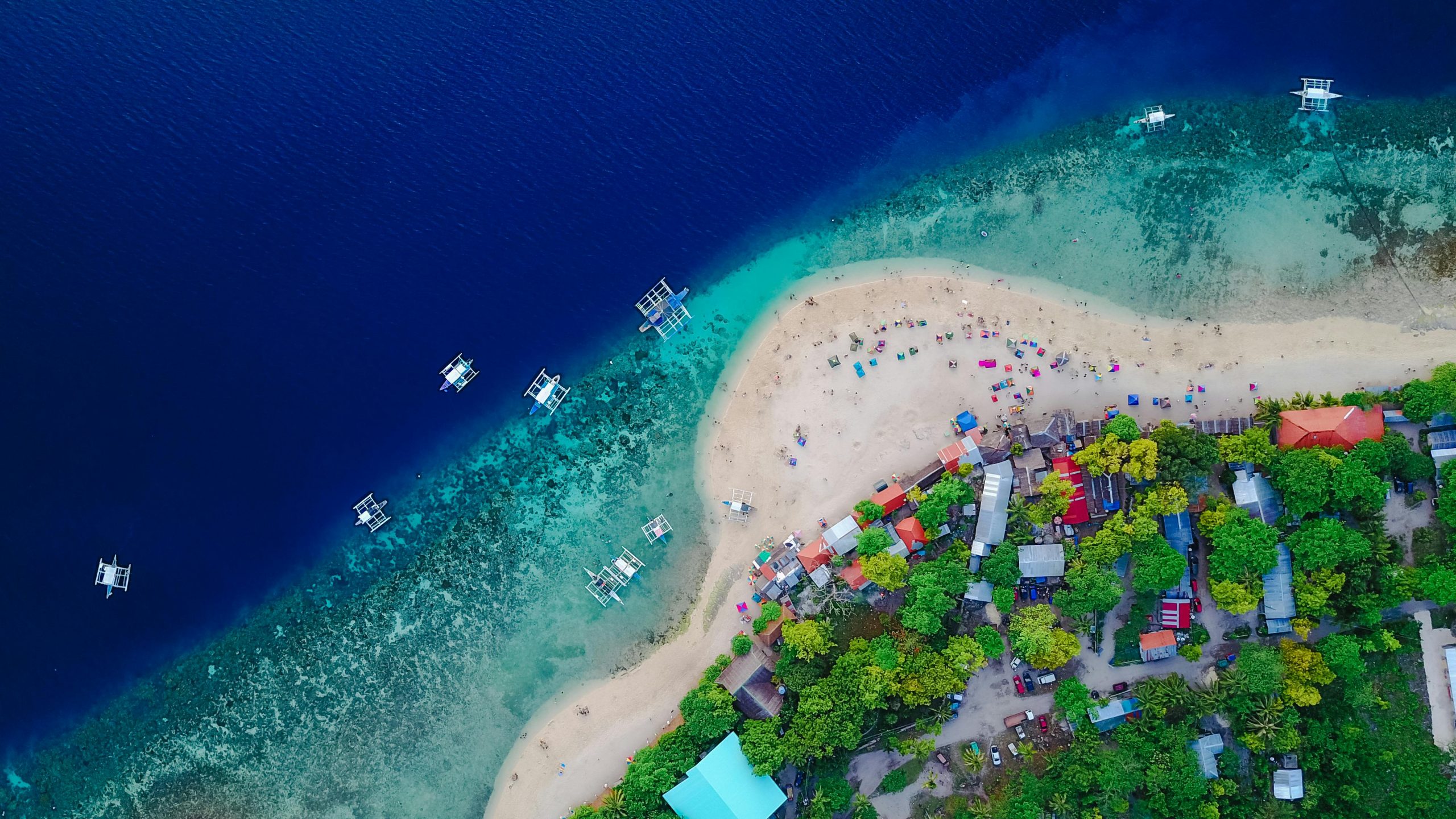National Clothes in the European Union: Tradition Meets Modern Identity
Europe is a continent rich in cultural diversity, and nowhere is this more visible than in the traditional clothing worn by its people. While the European Union is often associated with political integration and economic unity, its member states each maintain vibrant national identities—and traditional dress plays a symbolic and living role in expressing those roots. In 2025, national clothing in the EU continues to be celebrated, reinterpreted, and preserved, both as a cultural artifact and as a part of modern fashion.
The Role of National Dress in Modern Europe
Traditional clothing—or folk dress—is more than just attire. It tells the story of a country’s geography, history, and values. From the embroidered blouses of Romania to the bold tartans of Scotland and the flower crowns of Sweden, each nation’s folk costume reflects centuries of craftsmanship, seasonal practices, and regional pride.
In today’s EU, national clothes are often worn during:
- National holidays and independence celebrations
- Cultural festivals and folklore events
- Tourism-related performances and exhibitions
- Weddings, folk dances, or religious ceremonies
While not typically used in daily life, traditional clothing continues to play an essential role in preserving heritage, especially in rural regions and among cultural associations.
Notable Examples of National Dress Across the EU
Germany: Dirndl and Lederhosen
The Bavarian dirndl (a fitted bodice dress with apron) and lederhosen (leather shorts with suspenders) are perhaps the most internationally recognized European folk costumes, thanks to Oktoberfest. Originally workwear in alpine regions, these outfits now symbolize German hospitality and tradition.
Spain: Flamenco and Regional Attire
Spain’s national attire varies widely by region. The flamenco dress (traje de flamenca) is known for its ruffles and polka dots, most visible in Andalusia. In Valencia, the Falles festival features ornate silk dresses, while in Galicia, the traditional costume includes embroidered blouses and headscarves, often accompanied by bagpipe music.
Hungary: Embroidery and Folk Pride
Hungarian traditional dress is celebrated for its colorful floral embroidery, especially on women’s blouses and skirts. Men’s attire often includes decorative vests, hats, and boots. These costumes are still proudly worn during festivals like the Busójárás and on national holidays.
Sweden: Midsummer Whites and Flower Crowns
In Sweden, national dress is often associated with Midsummer celebrations. Women wear white or light dresses with embroidered bodices, and flower crowns are a beloved accessory. Sweden also has distinct regional outfits, especially in Dalarna, where red and blue color palettes dominate.
Romania and Bulgaria: Folk Embroidery and Iconic Blouses
Romania’s ie blouse has become an international fashion inspiration, with its delicate hand embroidery and flowing cut. In both Romania and Bulgaria, traditional clothing often features red, black, and white tones, geometric patterns, and woolen skirts, especially in mountainous regions.
Poland: Krakowiak and Highlander Styles
Polish national dress includes multiple regional variations. The Krakowiak outfit, associated with the Kraków region, includes embroidered vests and pleated skirts. In the Tatra mountains, Goral highlander costumes are still worn with pride, often incorporating leather, fur, and symbolic patterns.
Greece: Evzones Uniform
Perhaps one of the most iconic national outfits, the Evzones uniform is worn by the Presidential Guard in Greece. It includes the pleated fustanella skirt, red tsarouchia shoes with pompons, and a white cotton shirt with wide sleeves. It’s a powerful symbol of Greek independence and bravery.
National Dress in Contemporary Fashion and Identity
In recent years, many European designers have revisited traditional costumes, integrating folk elements into contemporary streetwear and couture. This has led to a revival of interest among younger generations, especially in countries where fashion is seen as a way to reconnect with roots.
Examples include:
- Ukrainian vyshyvanka shirts appearing in global fashion week collections
- Nordic knits and Sami patterns in winter wear lines
- Baltic woven belts and jewelry sold in modern artisan boutiques
- Slovak and Czech folk elements making their way into wedding fashion and handmade crafts
National clothes have also become a form of soft diplomacy—European leaders often wear traditional attire during international cultural events to express national pride.
Preservation Through Education and Tourism
EU-funded initiatives and cultural institutions across the continent are working to document, digitize, and teach about traditional costumes. Museums like the Museum of European Cultures in Berlin, the Museum of Folk Costumes in Poland, and the Ethnographic Museum in Hungary play key roles in keeping this knowledge alive.
Many local artisans continue to produce these costumes using centuries-old techniques, making the trade part of Europe’s intangible cultural heritage.
Folk festivals such as:
- Festival Interceltique in France
- Sárköz Festival in Hungary
- Baltica Folk Festival in the Baltics
- Eurofolk events in Poland and Bulgaria
…draw thousands of participants each year and provide opportunities to see national dress worn with pride and authenticity.
Tradition in the Heart of a Modern Union
While the European Union brings countries together through common policies, currency, and borders, it also respects and celebrates cultural diversity. National clothes are a beautiful reminder that behind every star on the EU flag lies a unique identity, preserved not only in language and food but also in the fabric, patterns, and traditions of dress.
As the EU continues to move forward, traditional clothing remains a cherished symbol of origin and belonging. Whether worn for a celebration, integrated into daily fashion, or displayed in museums, national dress is a vibrant expression of Europe’s past and present—a living heritage that unites people through the beauty of their differences.












